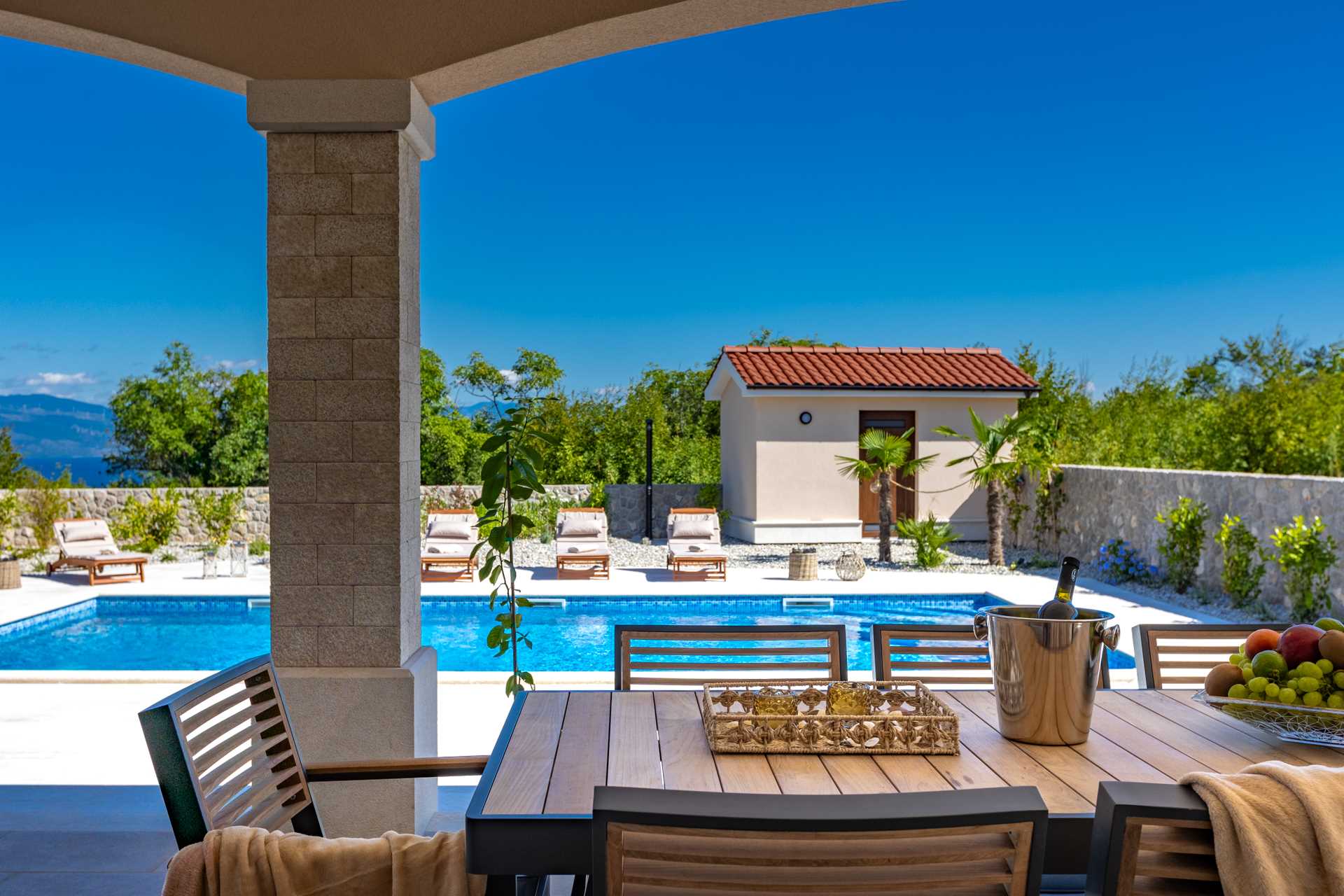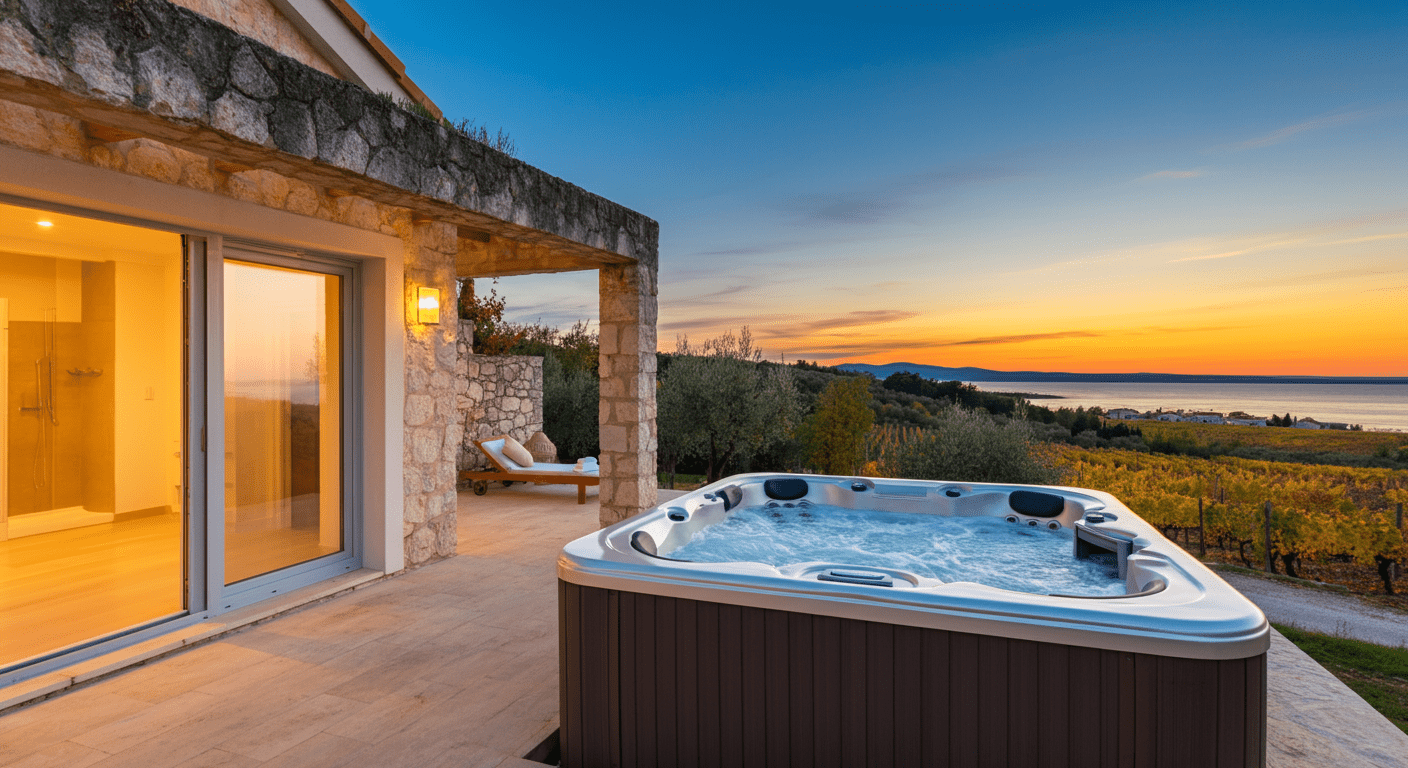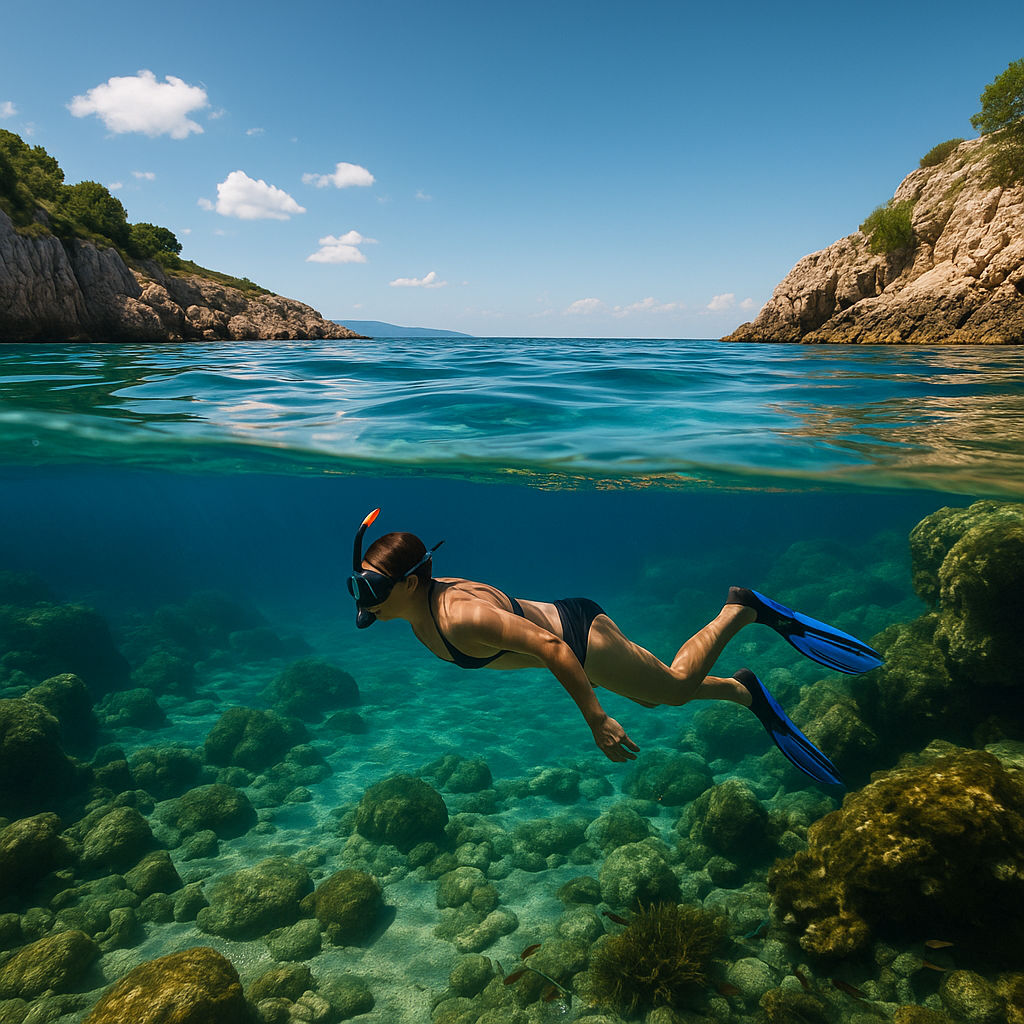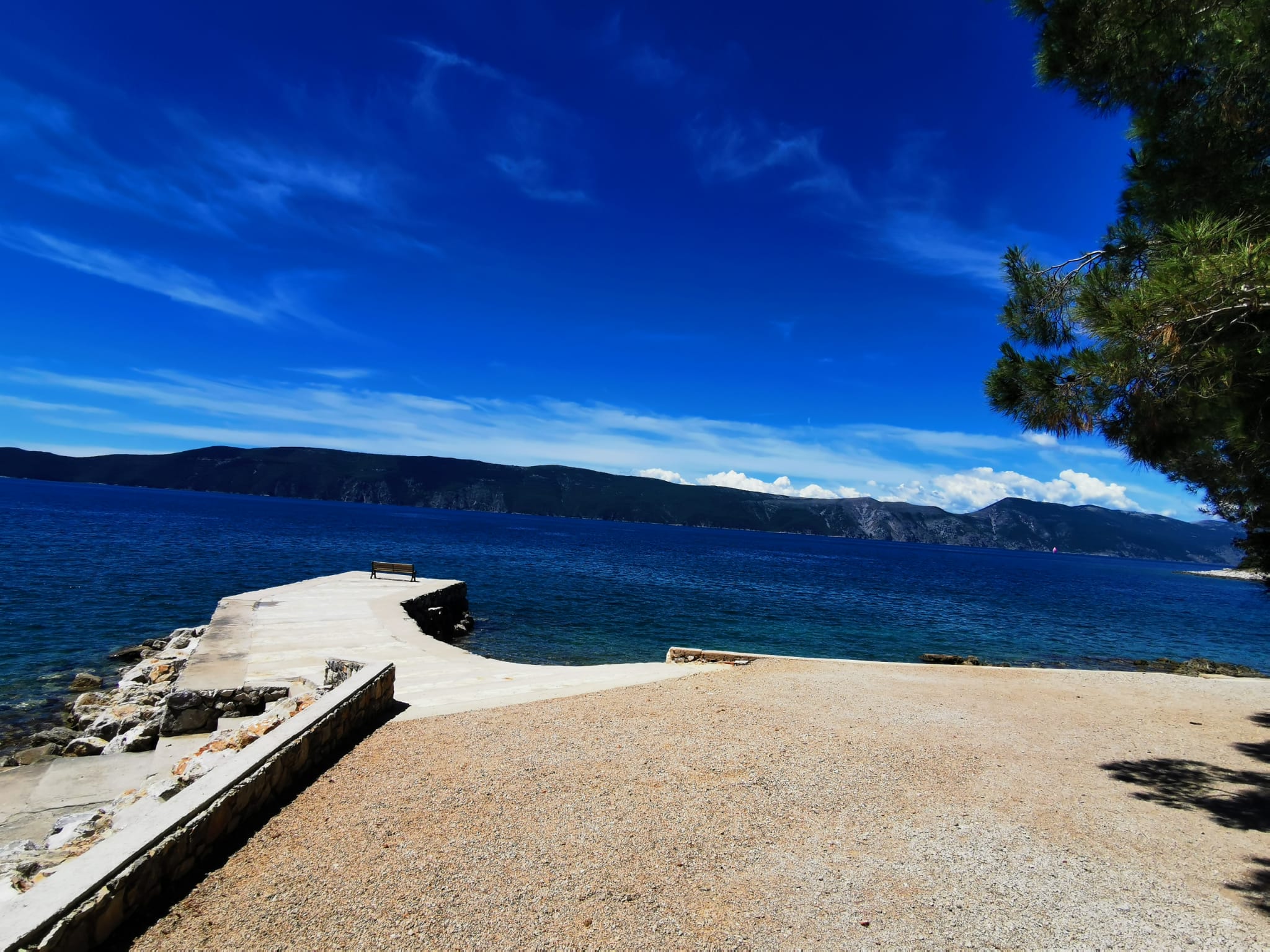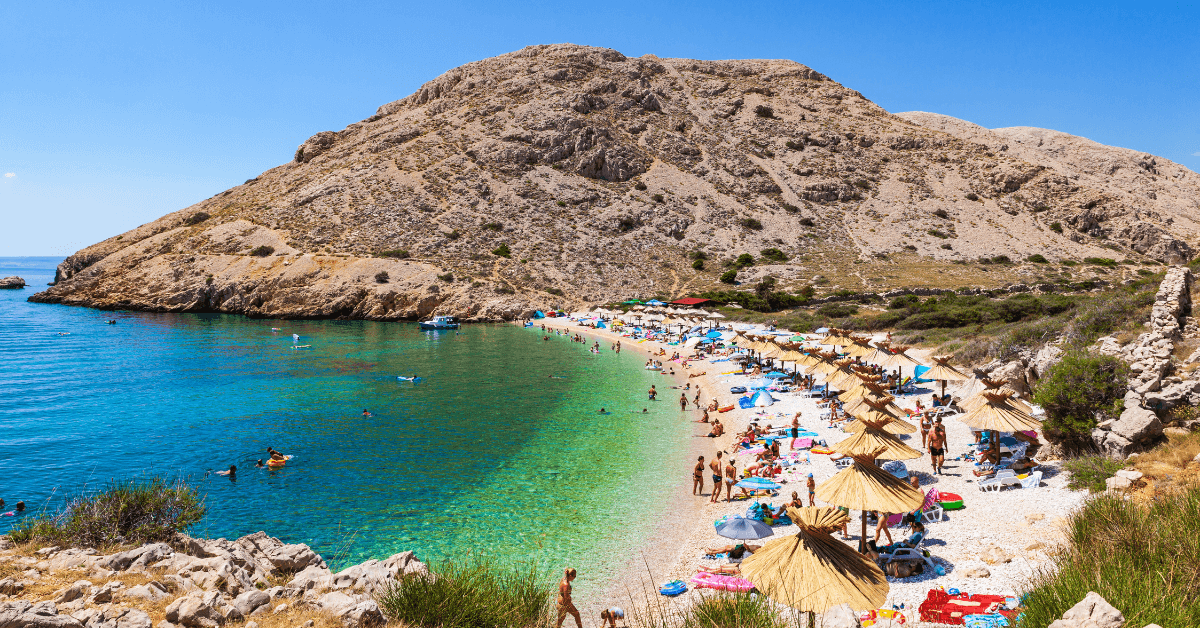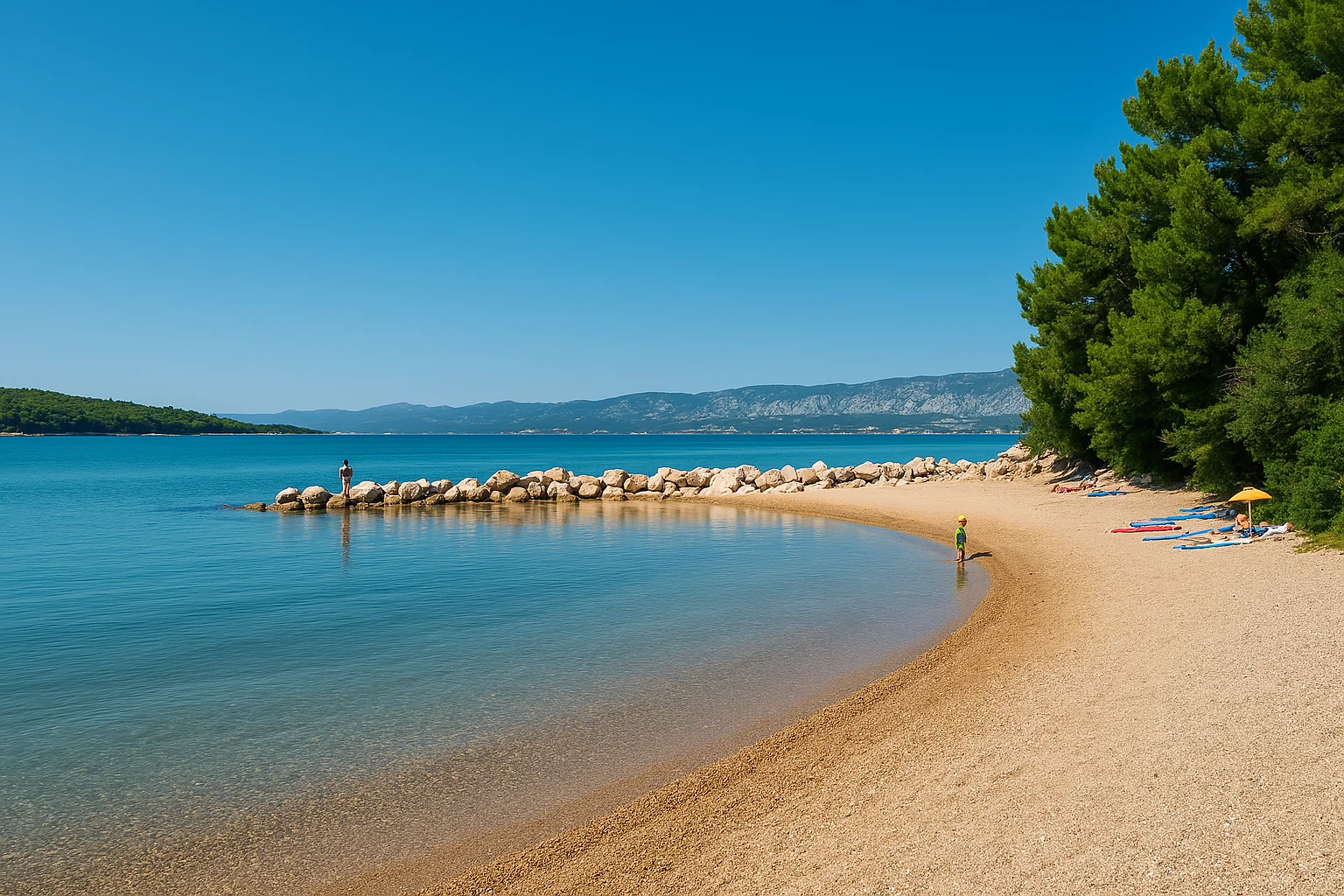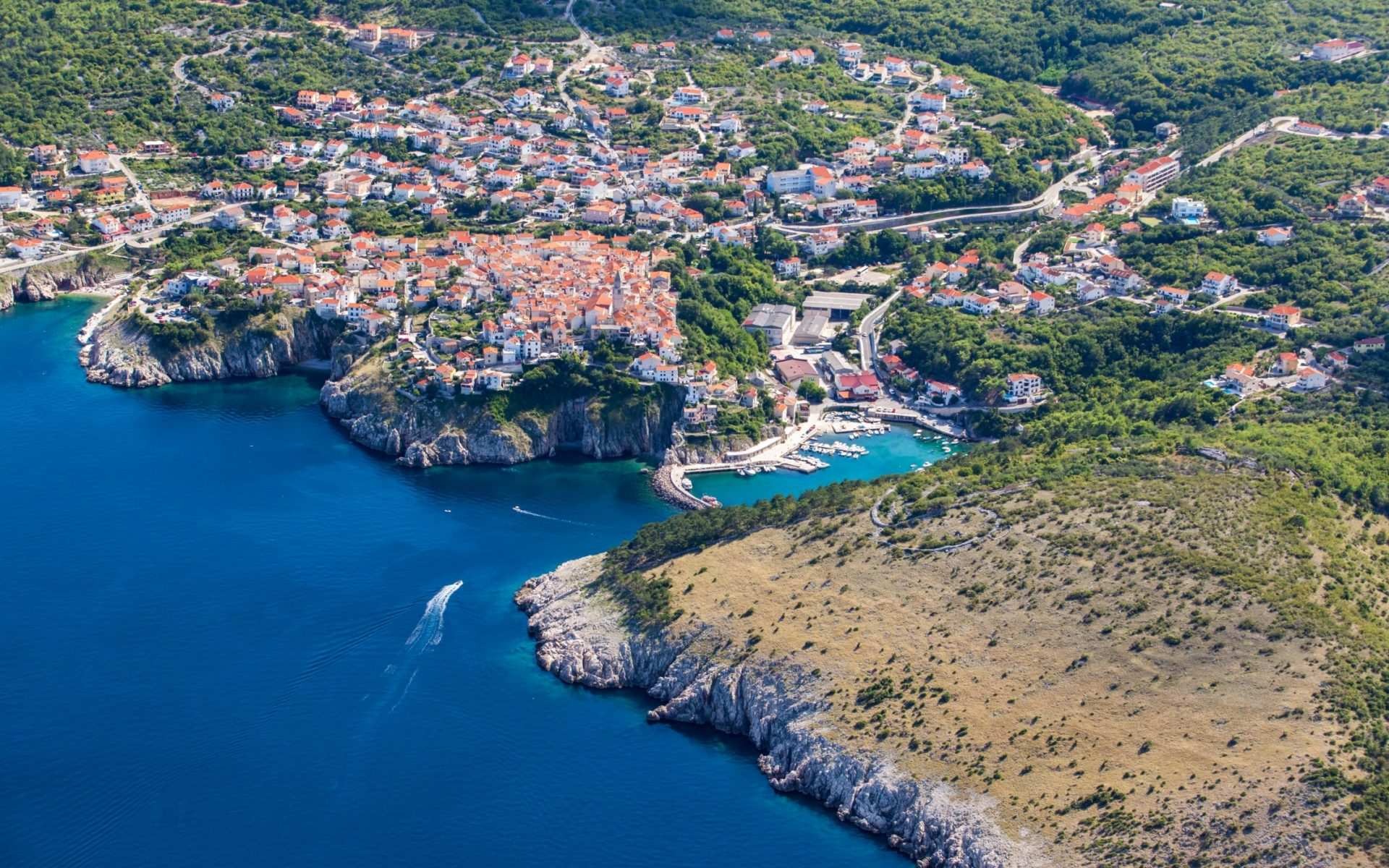Perched on the eastern coast of Krk Island, the Šilo Lighthouse is more than just a navigational aid—it is a symbol of the island’s maritime heritage and a witness to centuries of seafaring traditions. Since the late 19th century, this lighthouse has guided ships safely through the Vinodol Channel, preventing accidents and ensuring smooth passage. Today, while modern navigation systems have reduced reliance on lighthouses, Šilo remains an iconic landmark that attracts visitors, photographers, and maritime history enthusiasts. In this article, we will explore its history, architecture, role in maritime navigation, and its growing appeal as a tourist attraction.
The History of Šilo Lighthouse
Origins and Construction
Šilo Lighthouse was built in the late 19th century under the rule of the Austro-Hungarian Empire, which controlled this region at the time. The lighthouse was constructed as part of a broader effort to enhance maritime safety along the Croatian coast, a critical passage for trade and transportation. The Vinodol Channel, where it is located, has long been known for its strong winds and unpredictable sea conditions, making the lighthouse an essential aid to navigation. Designed with durability in mind, the structure was built using local stone, ensuring its resistance to harsh weather conditions.
Role in Maritime Navigation
For decades, the Šilo Lighthouse was maintained by dedicated lighthouse keepers who ensured the beacon remained operational under all circumstances. These keepers played a crucial role in preventing maritime accidents, as ships relied on the lighthouse for safe navigation, especially at night or during foggy weather. Before the introduction of modern GPS technology, sailors depended heavily on lighthouses and star navigation to determine their position at sea. The lighthouse’s flashing signal helped ships identify their location, allowing them to adjust their course accordingly and avoid the dangerous rocky shores.
The Lighthouse in Modern Times
With the advancement of automated lighthouse technology, the need for full-time lighthouse keepers has been greatly reduced, and Šilo Lighthouse is now fully automated. Despite this, it remains an active part of Croatia’s maritime safety system, providing a reliable backup in case of electronic failures on vessels. While its primary role as a navigational aid continues, the lighthouse has also gained recognition as a cultural and historical landmark. Many visitors travel to Šilo to admire its architecture, serene coastal surroundings, and the breathtaking panoramic views of the Adriatic Sea.

Source: Google Maps
Architectural Features of Šilo Lighthouse
Lighthouse Design
Šilo Lighthouse is characterized by its classic maritime design, featuring a robust stone tower that rises above the surrounding landscape. Its white-painted façade makes it highly visible against the deep blue backdrop of the Adriatic Sea, ensuring it stands out for approaching vessels. The architectural style follows a practical yet elegant approach, typical of lighthouses built during the Austro-Hungarian era. The sturdy cylindrical structure not only ensures visibility from great distances but also provides resilience against the strong coastal winds and sea spray.
The Light and Signal System
The lighthouse operates using a powerful rotating beacon, which emits flashes of light at regular intervals to help sailors identify their position. The light sequence is uniquely coded, allowing captains and navigators to distinguish Šilo Lighthouse from others along the coast. This method of signaling is part of international maritime safety standards, ensuring that the lighthouse remains useful despite modern advancements in electronic navigation. The height and positioning of the tower ensure that its beam reaches far into the Vinodol Channel, providing a guiding light even in rough sea conditions.
The Importance of Šilo Lighthouse in Maritime Navigation
A Beacon of Safety
Despite technological advancements, Šilo Lighthouse continues to be a crucial navigation aid, especially for smaller fishing vessels and private yachts. Its beam helps sailors navigate safely through the Vinodol Channel, preventing collisions with rocky outcrops and hidden underwater hazards. Many local fishermen and sailors still rely on the lighthouse as a trusted landmark, particularly during foggy nights or sudden storms. The reliability of visual navigation aids remains critical, even in an age dominated by electronic mapping and GPS systems.
Navigation in the Vinodol Channel
The Vinodol Channel is known for its strong and unpredictable winds, particularly the powerful bora (bura), which can make navigation extremely challenging. Sudden gusts can push boats off course, increasing the risk of accidents. In such conditions, the Šilo Lighthouse serves as an essential reference point, helping captains adjust their navigation and avoid dangerous waters. Even for modern vessels equipped with advanced navigation systems, having a fixed and reliable light source in the distance provides an added layer of safety.
Šilo Lighthouse as a Tourist Attraction
Visiting the Lighthouse
Although the interior of Šilo Lighthouse is not always open to the public, visitors can explore the surrounding area, which offers spectacular sea views. The coastal paths near the lighthouse provide an excellent opportunity for a relaxing walk, allowing tourists to admire the pristine beauty of Krk’s coastline. Many visitors choose to take photographs here, as the contrast between the white lighthouse and the deep blue sea creates a striking image. Whether you are a history enthusiast or simply looking for a peaceful retreat, the tranquil surroundings of the lighthouse make it a worthwhile visit.
Hiking and Coastal Exploration
For those interested in outdoor activities, the area around the lighthouse features several hiking trails leading to breathtaking viewpoints. Many of these trails pass through pine forests and rocky coastal paths, offering visitors a chance to explore the natural beauty of Krk Island. The combination of scenic landscapes, fresh sea air, and historical significance makes it a popular spot for nature lovers and adventure seekers alike.
Where to Stay on Krk Island
When visiting Krk Island, you'll find a variety of accommodations to suit different preferences and budgets. Here are some notable options:
Villa LORD
Located in Pinezići, Villa LORD is a luxuriously furnished villa situated in a peaceful location close to the sea, offering beautiful sea views. It can accommodate up to 12 people, making it ideal for larger groups or families. The villa features a heated pool, jacuzzi, and sauna, providing guests with ample opportunities for relaxation.

Apartment BARBARA
Situated near the center of Malinska, Apartment BARBARA is a modern apartment that can accommodate up to 6 persons. It boasts a private pool, two double bedrooms, and two bathrooms. The well-equipped kitchen and proximity to local amenities make it a convenient choice for families or small groups.

Villa MAGNIFICA
Also located in Pinezići, Villa MAGNIFICA is a beautiful luxury villa suitable for 8 to 10 persons. The villa has four bedrooms and four bathrooms, as well as a sauna, fitness area, and private pool. The outdoor area offers a partial sea view, and the villa is close to the sea and many beautiful beaches. This luxuriously furnished villa is an ideal choice for your vacation.

Conclusion
The Šilo Lighthouse stands as a testament to the maritime history of Krk Island, blending functionality, history, and scenic beauty. While its primary purpose remains aiding navigation, its cultural significance and tourist appeal continue to grow. Whether you visit to admire its architecture, explore the coastline, or simply watch the waves crash against the cliffs, this lighthouse is a true gem of the Adriatic. As a beacon of safety and a symbol of Croatia’s seafaring heritage, Šilo Lighthouse remains a guiding light for both ships and hearts.

